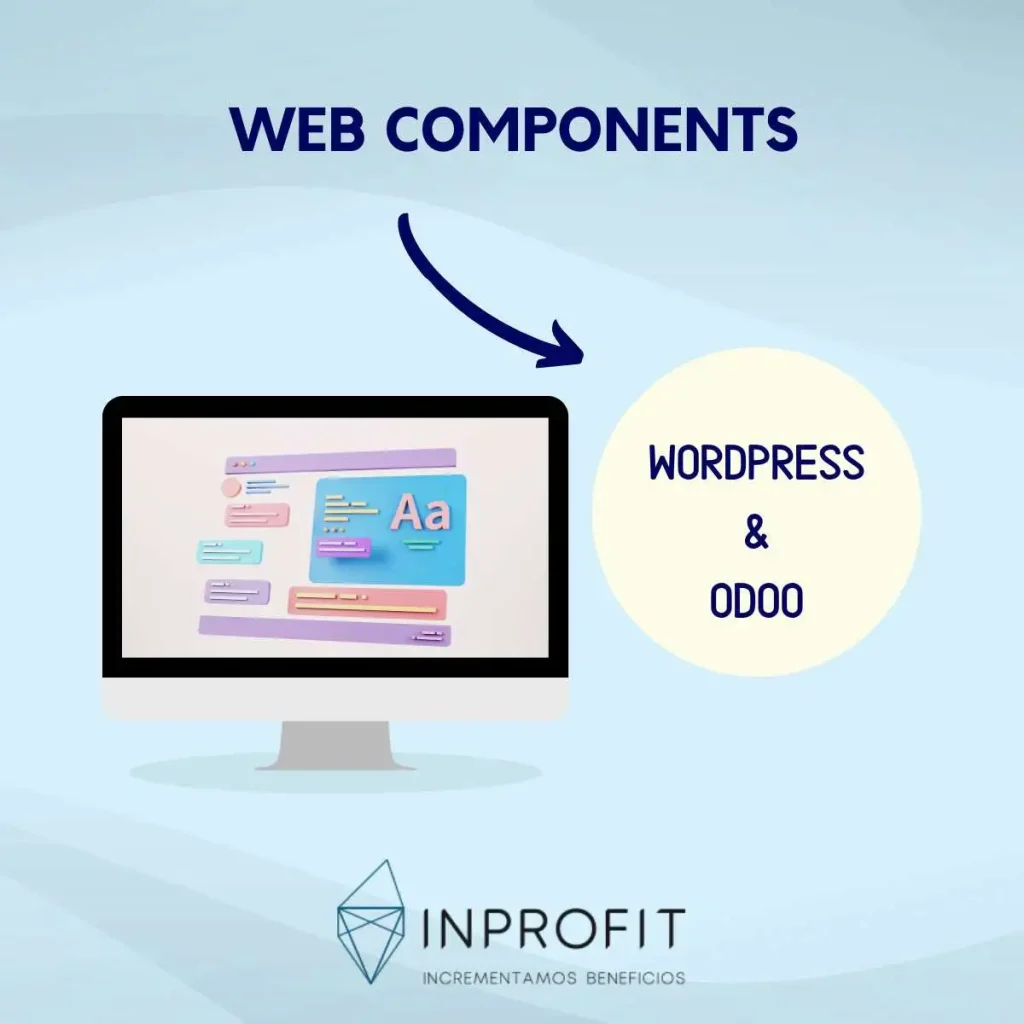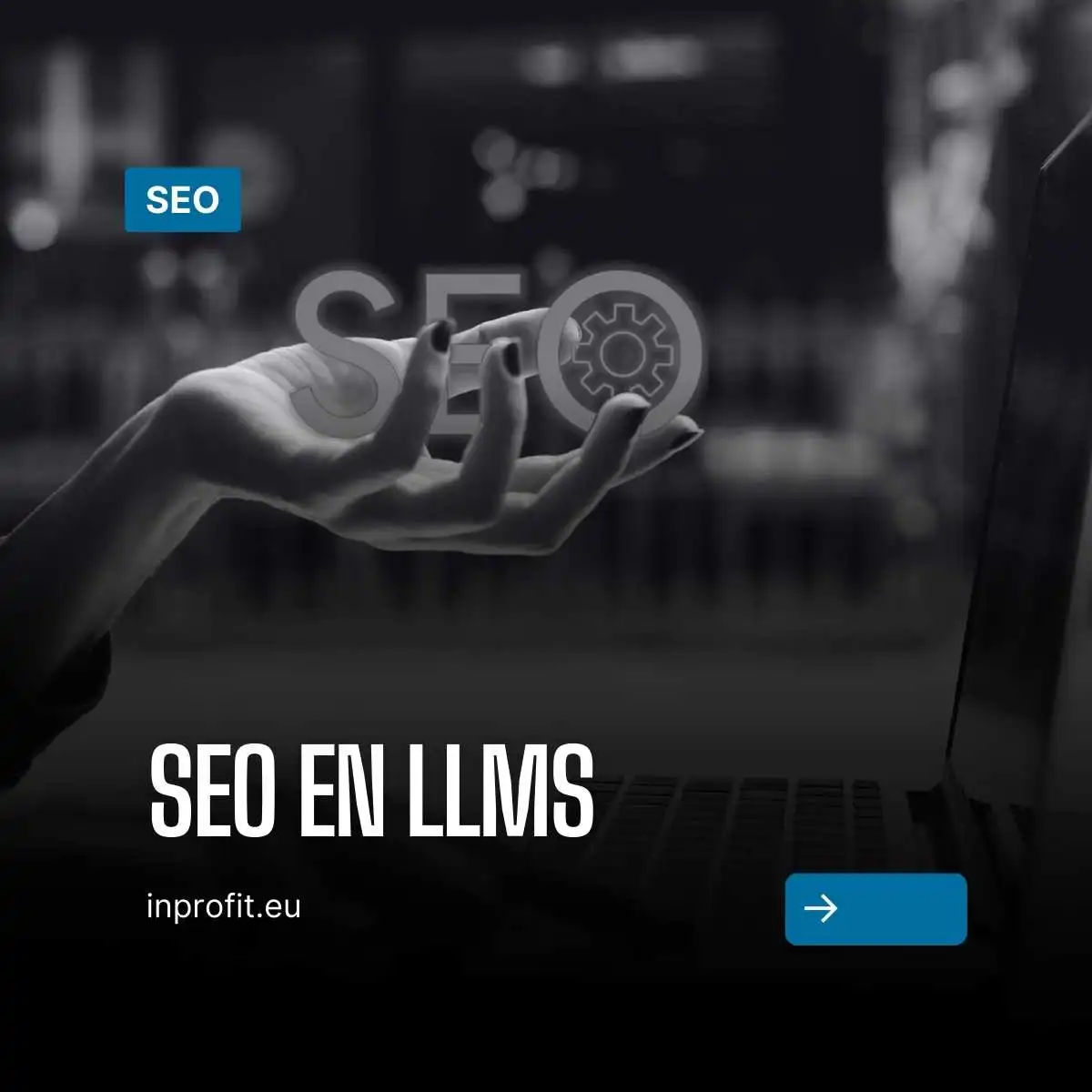In recent years, an emerging trend has begun to gain traction: the use of Web Components and their impact on personalization at scale. This concept is not only transforming the way websites are built, but is also opening up new possibilities for marketers looking to deliver highly personalized and efficient experiences.
In this article, we will explore what Web Components are, why they are relevant to the future of digital marketing and how they can be used to create more dynamic and personalized user experiences. In addition, we’ll look at how this technology integrates with other emerging trends, such as artificial intelligence (AI) and real-time data analytics, to provide a complete picture of what’s to come.
What are Web Components?
Web Components are a set of web technologies that allow the creation of reusable and encapsulated HTML elements. These elements can be used in any web page, regardless of the framework or library being used. Web Components are based on four main standards:
- Custom Elements: They allow defining new HTML elements with customized behaviors.
- Shadow DOM: Provides an encapsulated scope for CSS and JavaScript, avoiding conflicts with the rest of the page.
- HTML Templates: Allow defining HTML fragments that are not rendered immediately, but can be cloned and used later.
- ES Modules: Facilitate the import and export of components in a modular way.
The main advantage of Web Components is their ability to create elements that are portable, reusable and easy to maintain. This is especially useful in environments where consistent and scalable interfaces are needed, such as in large e-commerce, content platforms or enterprise applications.
Why are they relevant to digital marketing?
In the context of digital marketing, Web Components offer a number of benefits that make them a powerful tool for digital marketing professionals:
1. Customization to scale
One of the biggest challenges in digital marketing is to offer personalized experiences to each user, especially when dealing with mass audiences. Web Components allow you to create dynamic elements that can be adapted in real time according to the user’s profile, behavior or interaction history.
For example, imagine a “product recommendations” component that automatically changes according to the user’s interests. With Web Components, this element can be implemented once and reused on multiple pages, maintaining consistency and reducing development time.
2. Consistency in the user experience
In a world where users interact with brands across multiple devices and channels, maintaining a consistent experience is crucial. Web Components allow you to create elements that work the same way in any environment, whether on a website, mobile app or even third-party platforms.
This not only improves usability, but also reinforces brand identity by ensuring that visual and functional elements are consistent across all touch points.
3. Integration with marketing tools
Web Components can be designed to easily integrate with marketing tools such as Google Analytics, Tag Manager, or marketing automation platforms. This allows marketers to collect real-time data and adjust strategies on the fly.
For example, a call-to-action (CTA) component could be connected to an analytics system that measures its effectiveness and suggests changes to the text or design to improve conversions.
Development times
Being reusable, Web Components reduce the need to develop elements from scratch for each project. This not only speeds up the time to launch new campaigns, but also reduces the costs associated with developing and maintaining Web pages.
Emerging trends and how they relate
Web Components do not exist in a vacuum; they are closely related to other emerging trends in digital marketing. Here are some ways in which this technology integrates with the future of the industry:
Artificial intelligence and machine learning
AI and machine learning are revolutionizing the way brands interact with their audiences. Web Components can be used to implement AI-driven interfaces, such as personalized chatbots, advanced recommendation systems or predictive search tools.
For example, a search component could use machine learning algorithms to predict what the user is searching for and display relevant results before they finish typing.
2. Real-time data analysis
The ability to collect and analyze real-time data is fundamental to modern marketing. Web Components can be designed to interact with analytics systems that monitor user behavior and adjust the experience accordingly.
Imagine a “shopping cart” component that dynamically changes based on available inventory or real-time shopping trends. This not only improves the user experience, but also increases the chances of conversion.
3. Augmented Reality (AR) and Virtual Reality (VR)
As AR and VR become more accessible, Web Components could play a key role in integrating these technologies into websites. For example, a “product viewer” component could allow users to see how a piece of furniture would look in their home using AR.
Semantic Web and Advanced SEO
Web Components can also contribute to the semantic web, improving the way search engines interpret a page’s content. By using custom HTML tags and well-defined structures, marketers can improve SEO and ensure that their content is more visible to users.
Operation in WordPress and Odoo Web
Web components are a modern technology that allows creating reusable and encapsulated elements for web interfaces. In WordPress, although it is not native, it is possible to integrate web components through plugins or custom code. This facilitates the creation of widgets or dynamic blocks that can be used in different parts of a site without affecting performance. Moreover, being based on web standards, web components are compatible with most browsers, which makes them an attractive option for developers looking to improve the modularity and maintainability of their WordPress projects.
In Odoo, web components can also be implemented to improve the user experience in enterprise applications. Odoo, being a highly customizable platform, allows developers to integrate these technologies to create more interactive and efficient interfaces. For example, specific components can be designed to manage tasks, display real-time data or even integrate with other tools. The advantage of using web components in Odoo is that they can be reused in different modules, reducing development time and ensuring interface consistency.
One of the main advantages of web components is their encapsulation capability. This means that the style and functionality of a component does not interfere with the rest of the page. In WordPress, this is especially useful when creating themes or plugins, as it avoids conflicts with other elements of the site. For example, an image carousel component can be designed to function independently, without affecting the overall design of the theme. This simplifies the development process and allows designers to focus on the user experience.
In Odoo, the encapsulation of web components allows developers to create more robust and scalable applications. By not relying on global styles or scripts, components can be used in different contexts without risk of collisions. This is especially useful in enterprise environments where high customization is required. For example, an interactive graphics component can be used in several modules, such as sales, inventory or accounting, without the need to rewrite code or adjust styles manually.
Another advantage of web components is their portability. In both WordPress and Odoo, this means that a component developed for one site can be easily reused in another, even if the themes or plugins are different. This saves time and resources, especially in large projects or for agencies managing multiple clients. In addition, because they are based on web standards, the components are compatible with future WordPress updates, ensuring longevity and reducing the need for constant maintenance.
In Odoo, the portability of web components allows companies to implement customized solutions that can be adapted to different needs or departments. For example, a task management component can be used in both the project module and the human resources module without the need for significant modifications. This not only optimizes development time, but also ensures a consistent user experience across the entire platform. In summary, web components are a powerful tool for both WordPress and Odoo, offering flexibility, reusability and efficiency in web development.
At the forefront of digital technology
Web Components represent a technological innovation with a significant impact on digital marketing, offering a solid foundation for the creation of more dynamic and personalized user experiences. Their ability to be reusable, encapsulated and highly embeddable makes them an essential tool to optimize campaigns, improve user interaction and reduce operational costs. In an environment where personalization and efficiency are key, this technology allows marketers to design modular solutions that adapt to various platforms and contexts, without compromising performance or consistency.
However, the true potential of Web Components lies in their integration with other emerging trends, such as artificial intelligence, real-time data analysis and process automation. Combining these technologies allows for smarter, more adaptive marketing strategies that are able to respond to changing market and consumer needs. To make the most of this opportunity, it is crucial that marketing and development teams work collaboratively, understanding not only the technical capabilities of Web Components, but also their strategic application in multichannel campaigns.
The future of digital marketing demands agility, innovation and a user-centric approach. Web Components are a critical piece of this landscape, offering the flexibility and scalability needed to meet current and future challenges. The question is not whether this technology will be adopted, but how and when it will be integrated into marketing strategies to maximize its impact. Those who master its implementation and combination with other emerging tools will be best positioned to lead in an increasingly competitive and technologically advanced marketplace.




